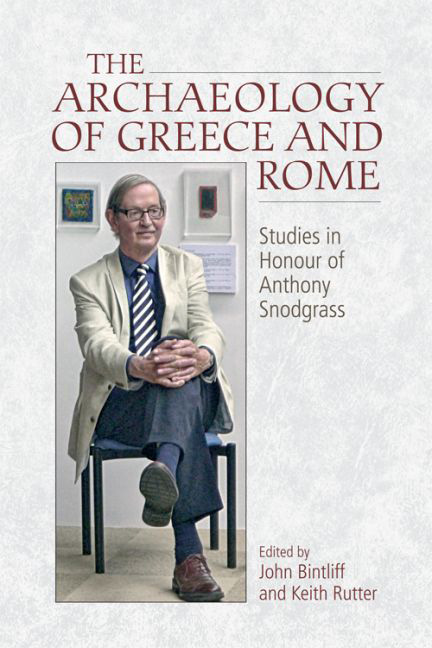Book contents
- Frontmatter
- Contents
- Preface
- List of Contributors
- List of Abbreviations
- Section I Prehistory
- Section II Around Homer
- Section III The Archaic and Classical Greek World
- Section IV The Greeks and their Neighbours
- 13 Life on Earth and Death from Heaven: The Golden Pectoral of the Scythian King from the Tolstaya Mogila (Ukraine)
- 14 The Idea of an Archetype in Texts Stemming from the Empire Founded by Cyrus the Great
- Section V The Roman and Much Wider World
- Section VI The Scholar in the University and in the Field: Personal Histories
- Index
14 - The Idea of an Archetype in Texts Stemming from the Empire Founded by Cyrus the Great
from Section IV The Greeks and their Neighbours
Published online by Cambridge University Press: 26 May 2017
- Frontmatter
- Contents
- Preface
- List of Contributors
- List of Abbreviations
- Section I Prehistory
- Section II Around Homer
- Section III The Archaic and Classical Greek World
- Section IV The Greeks and their Neighbours
- 13 Life on Earth and Death from Heaven: The Golden Pectoral of the Scythian King from the Tolstaya Mogila (Ukraine)
- 14 The Idea of an Archetype in Texts Stemming from the Empire Founded by Cyrus the Great
- Section V The Roman and Much Wider World
- Section VI The Scholar in the University and in the Field: Personal Histories
- Index
Summary
Introduction
The text of the so-called Cyrus Cylinder, as well as other writings that stem from the Persian Empire founded by Cyrus the Great, is based on the idea of an archetype. When I say archetype here, I have in mind a text that is meant as a model for other texts that serve as copies of this model. As we will see, the idea of such a model text does not necessarily match the reality of an original text that is copied.
What I just said seems at first to be self-evident, since the act of copying something does not require the copying of an original. What you are copying may already be a copy. But the very idea of an archetype is not self-evident. As I will argue, this idea goes beyond the reality of some text that someone copies for the first time in order to make another text, which can then be copied again to make still another text, and so on.
When I say idea here, I will try to keep in mind the Theory of Forms as expounded in Plato's Republic and elsewhere, since the original Greek word idea is the primary term used by Plato's Socrates for what we translate as Form. In terms of this theory, what is for us the real world is a mere copy of the ideal world of Forms, and, further, whatever we find in our world that we want to represent by way of picturing it in images or in words is a mere copy of a copy. So, if we applied Plato's Theory of Forms to the idea of an archetype, we would be speaking of an ideal text existing in an ideal world. And, in terms of my argument, the text of the Cyrus Cylinder was once upon a time considered to be such an ideal text, such an archetype. Or, to say it from an anthropological point of view, the text of the Cyrus Cylinder was considered to be an archetype because it was meant to be a cosmic model that was absolutised by its ritualised meaning, lending its ritual authority to all copies made and used by the enforcers of the Persian Empire in a wide variety of situations.
- Type
- Chapter
- Information
- The Archaeology of Greece and RomeStudies In Honour of Anthony Snodgrass, pp. 337 - 358Publisher: Edinburgh University PressPrint publication year: 2016



